Buy the photo Palace on Dam Square with the first monument by Patricia Hofmeester on canvas, ArtFrame, poster and wallpaper, printed on demand in high quality.
About "Palace on Dam Square with the first monument"
by Patricia Hofmeester
About the artwork
Old postcard from 1904 showing the Palace on Dam Square with people, trams and horsesThe Palace on Dam Square - in the foreground the National Monument 'De Eendracht', nicknamed Naatje van de Da,
Naatje op de Dam stood on Dam Square in Amsterdam opposite the Dam Palace between 1856 and 1914. It was to be a commemoration of the campaign, but also a symbol of the popular spirit of 1830-1831 and Dutch unity.
On 10 December 1855, the foundation stone was laid and on 27 August 1856, the monument was to be unveiled in the presence of King Willem III by some disabled former soldiers. However, the unveiling occurred prematurely due to a gust of wind.
Soon the nickname Naatje Eendracht, Naatje op de Dam and later Naatje for short, came into being. Where this name came from is not entirely clear. It could be that the text on the statue was misread and NATIE was mistaken for NATJE, which was bastardised to Naatje. This was a common female name, derived from Catharina (Mina), but the word could also refer to the female genitalia. Frost and rain did their work and Naatje lost part of her nose after a few years. Her head was sawed off to restore it and afterwards it was screwed back onto the statue. On 2 May 1907, her right arm broke in the fountain basin. Her arm was not replaced. On 25 July 1913, B&W discussed a proposal to have the statue removed at their meeting. The Dam was rebuilt, the tram tracks on the section of the Dam in front of the Palace were moved, and on 8 April 1914 Naatje was removed.

About Patricia Hofmeester
Hello and welcome! I am Patricia Hofmeester, come from Rotterdam and have lived in beautiful Groningen for over forty in years. Have been photographing for at least almost 50 years and recently have been working with digital art as well and really enjoy it.
Hope to find work you like...
Read more…
 Netherlands
Netherlands Ordered in June 2025
Ordered in June 2025
 Netherlands
Netherlands Ordered in September 2023
Ordered in September 2023
 Germany
Germany Ordered in May 2019
Ordered in May 2019
 Netherlands
Netherlands Ordered in August 2022
Ordered in August 2022
 Germany
Germany Ordered in June 2020
Ordered in June 2020
 Germany
Germany Ordered in November 2020
Ordered in November 2020
 Netherlands
Netherlands Ordered in May 2024
Ordered in May 2024
 Germany
Germany Ordered in May 2019
Ordered in May 2019
 Germany
Germany Ordered in November 2024
Ordered in November 2024
 Germany
Germany Ordered in August 2023
Ordered in August 2023
 Germany
Germany Ordered in January 2025
Ordered in January 2025
 Germany
Germany Ordered in September 2019
Ordered in September 2019
About the material
ArtFrame™
Interchangeable Art Prints
- High-quality print
- Easily interchangeable
- Acoustic function
- Large sizes available
Discover the artworks of Patricia Hofmeester
 Two cheetahs run on Etosha savannahPatricia Hofmeester
Two cheetahs run on Etosha savannahPatricia Hofmeester Giraffe drinkingPatricia Hofmeester
Giraffe drinkingPatricia Hofmeester Portrait of a colourful elephant in artistic stylePatricia Hofmeester
Portrait of a colourful elephant in artistic stylePatricia Hofmeester Girl with a pearl earring with cigarette and headphonesPatricia Hofmeester
Girl with a pearl earring with cigarette and headphonesPatricia Hofmeester The girl with the pearl earphonesPatricia Hofmeester
The girl with the pearl earphonesPatricia Hofmeester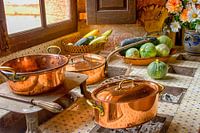 Copper pans in 18th century kitchenPatricia Hofmeester
Copper pans in 18th century kitchenPatricia Hofmeester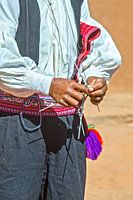 Knitting man in PeruPatricia Hofmeester
Knitting man in PeruPatricia Hofmeester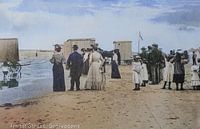 Men , women and children on the beach at Oostvoorne in 190Patricia Hofmeester
Men , women and children on the beach at Oostvoorne in 190Patricia Hofmeester Eye in the stormPatricia Hofmeester
Eye in the stormPatricia Hofmeester Cats together on a branch at night looking at starsPatricia Hofmeester
Cats together on a branch at night looking at starsPatricia Hofmeester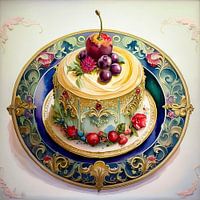 A cake as a work of artPatricia Hofmeester
A cake as a work of artPatricia Hofmeester Girl with a pearl and a pink balloonPatricia Hofmeester
Girl with a pearl and a pink balloonPatricia Hofmeester Panorama of white tulipsPatricia Hofmeester
Panorama of white tulipsPatricia Hofmeester Girl with the pearl earring with black modern sunglassesPatricia Hofmeester
Girl with the pearl earring with black modern sunglassesPatricia Hofmeester Parbo beer felt in SurinamePatricia Hofmeester
Parbo beer felt in SurinamePatricia Hofmeester Girl with the pearl earring with pink heart-shaped sunglasses ilPatricia Hofmeester
Girl with the pearl earring with pink heart-shaped sunglasses ilPatricia Hofmeester Gorgeous dessert seen from abovePatricia Hofmeester
Gorgeous dessert seen from abovePatricia Hofmeester Green nature in SurinamePatricia Hofmeester
Green nature in SurinamePatricia Hofmeester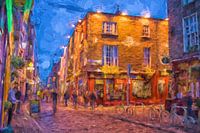 Temple bar district in DublinPatricia Hofmeester
Temple bar district in DublinPatricia Hofmeester Beautiful colourful flowers in the fieldPatricia Hofmeester
Beautiful colourful flowers in the fieldPatricia Hofmeester
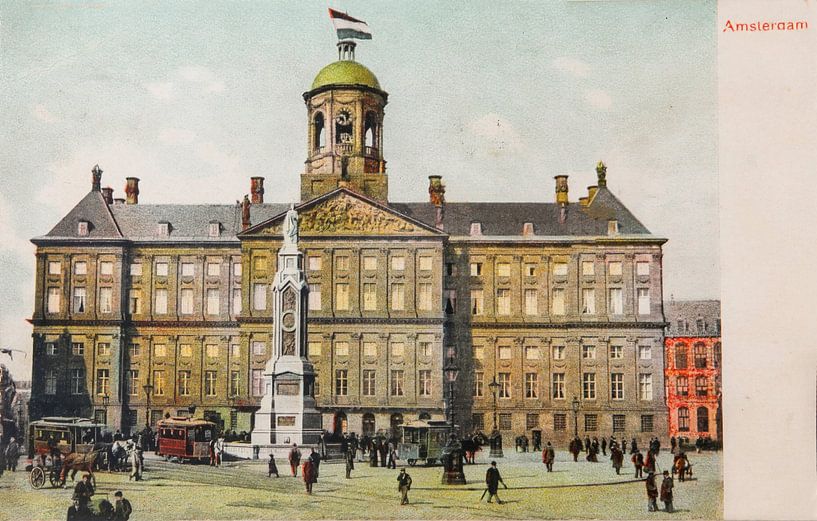

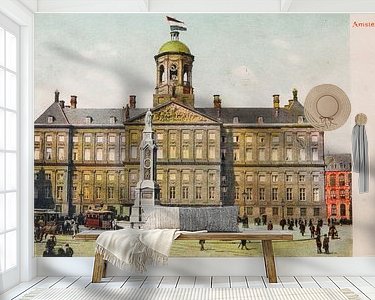


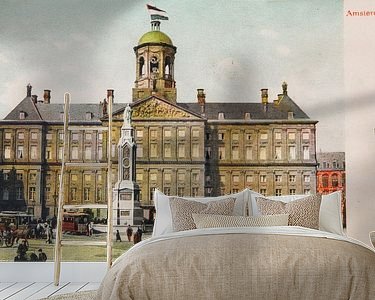


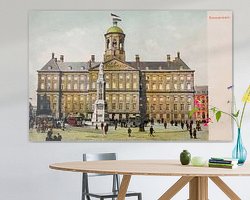


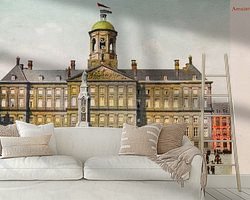

 Amsterdam
Amsterdam Dam and Palace on Dam Square
Dam and Palace on Dam Square Nostalgic Memories
Nostalgic Memories People
People Photo wallpaper
Photo wallpaper Photography
Photography Serene Peace
Serene Peace Street photography
Street photography









